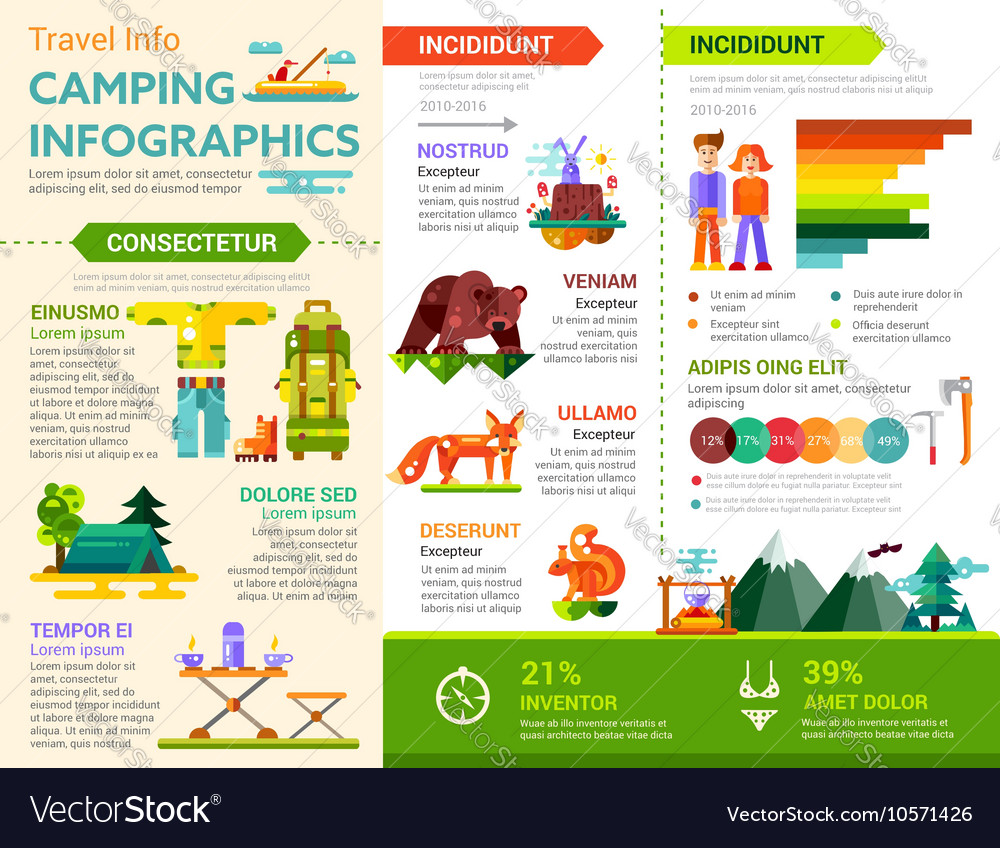How To Create A Operation By Selling Camping Tents Online
How To Create A Operation By Selling Camping Tents Online
Blog Article
Does Your Backpacking Tent Need a Footprint?
An impact is pricey and adds added weight to your knapsack. It also isn't specifically long lasting.
What size bell tent do I need?
Ultimately, whether or not a tent footprint is necessary depends on where and how frequently you're camping. Generally, it's a great idea to use one if you camp on abrasive surfaces or in wet conditions.
Tents with Lower Deniers and Water-proof Rankings
Outdoors tents with reduced deniers and water-proof rankings have a tendency to be lighter, however they can additionally be a lot more vulnerable. They might call for even more constant repair work and have less interior room than harder designs. If you're a laid-back backpacker who likes to travel rapid and light, this could be great; nonetheless, even more knowledgeable hikers recognize that giving up longevity can feature huge repercussions down the path.
The denier and waterproof rating of an outdoor tents's cover, rainfly, and flooring can aid you establish its livability. Seek higher-denier textiles on the cover and rainfly, along with taped joints that aid protect against water from permeating with stitches. Some makers even use heat and sealer throughout building to produce a stronger seam; these are called bonded seams.
The livability of a tent can additionally be determined by its floor dimensions and capacity. An outdoor tents's flooring must be somewhat smaller than the footprint to stop water from merging under the shelter.
Tents in Rough Terrain
Several backpacking outdoors tents consist of a footprint developed particularly for their design, which helps ensure a correct fit and shields the outdoor tents's base from dampness and sharp items. Other producers offer universal footprints that can be cut or folded to match a tent's dimensions.
The sort of surface you'll come across is one more important factor to consider for picking a tent. As an example, if you'll be camping in a canyon or gully, seek a shelter that can handle solid winds. These problems create disturbance that can make the difference between appreciating your camping area or experiencing discomfort.
The capacity and optimal height of a camping tent give you a great concept of its livability, yet added factors to think about consist of vestibules (the area of the rainfly covering the doors) and general storage area. As an example, during our winter months testing of the Marmot Tungsten, its charitable 93-by-82-inch floor quickly handled 4 perspiring backpackers and their puffier shoulder season sleeping bags while still leaving ample room for equipment and people.
Outdoors Tents in Damp Conditions
Even if your tent appears completely dry, moisture hides in metal tents the spaces and crannies. In time, it can deteriorate the textile. That's why it's so important to benefit from rest days to deep-clean your outdoor tents and its elements, such as zipper linings, risk loopholes and flexible webbing bands.
Also, ensure to pitch your outdoor tents in a flat area, not a divot or concave area, so that ground water doesn't collect in between the outdoor tents flooring and impact or tarpaulin. And if you're making use of an impact, think about a custom-cut one created for your tent's layout. It will not accumulate rain the means a common ground cloth or tarpaulin can.
Practice establishing and removing your tent in the house prior to you hit the road, to obtain a feel for just how rapidly and efficiently you can do it. Also, method staking out your camping tent in different surfaces to see how simple it is (or isn't) to do in bad weather conditions.
Outdoors Tents in High-Rise Situations
Outdoors tents vary in flooring size and livability. For instance, a big camping tent with twin doors and vestibules like Marmot's Tungsten can manage 4 backpackers without needing acrobatics to get in and out or to save gear.
The minimum trail weight spec is the most effective spec to contrast models, as it consists of the bare fundamentals: tent body, rainfly and posts. However bear in mind that the specification leaves out tent risks, individual lines and stuff sacks.
Many backpacking outdoors tents can stand up to a light summer storm, yet some can be swept away by gale-force gusts. Look for a model with strong posts, an elevated bathtub-style flooring and seam taping to reduce the possibility of water leaking with. Costlier designs also have a tendency to include more powerful products that can resist the effect of particles and various other forces.
Why are canvas tents better?
